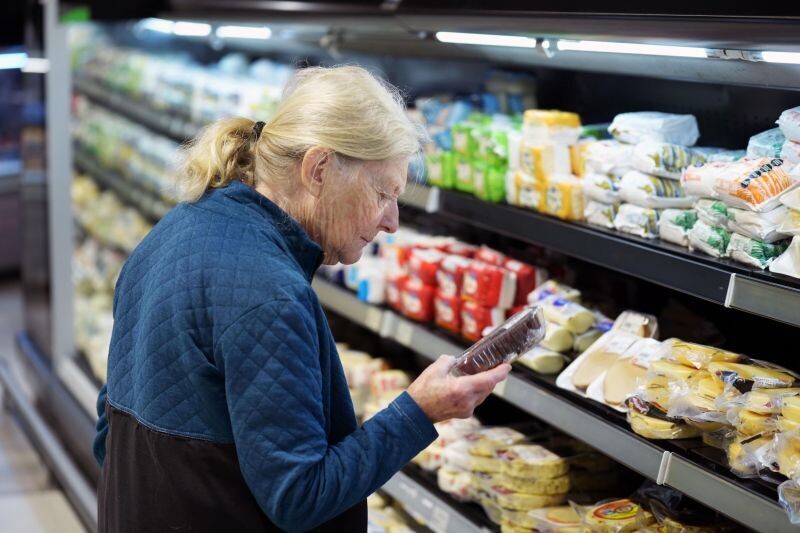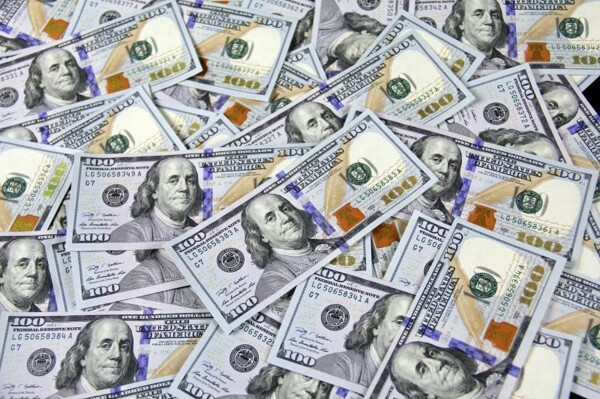
Estimates regarding inflation in the country generate various opinions among economists. While one anticipates an increase of 2.1% for March, another calculates an inflation rate of 1.5% in the first week of February. Fausto Spotorno highlighted that most of the accumulated inflation concentrates at the beginning of each month, particularly in the prices of food and beverages.
According to the Centro de Estudios Económicos de Orlando Ferreres & Asociados, it is projected that the inflation for February will reach 2.3%, driven by several factors, including the food and beverage category. This forecast contrasts with official data indicating that inflation in January was the lowest in the last five years, at 2.2%.
The survey conducted details that behind food and beverages, the health sector recorded an inflation of 2.1%, while core inflation reached 2.7% and an annual increase of 51.5%. Regarding seasonal goods and services, a monthly variation of 0.2% was observed, while regulated prices increased by 2.4% monthly.
The expectation is set on the upcoming data that INDEC will publish in mid-March, revealing the inflation for February. Meanwhile, specialists maintain various projections, with some suggesting that February will keep figures close to January, or even lower. The Government, for its part, maintains the expectation of reducing inflation below 2% in February, although private estimates suggest some stagnation compared to the previous month.
Recent figures have generated diverse reactions in the political and economic sphere, with conflicting opinions regarding the inflationary trend that will prevail in the coming months. While some indicate a possible sustained decrease, others warn about certain fluctuations that could keep inflation at levels similar to January's. The sectors most affected by price increases have been food and beverages, as well as miscellaneous goods, with significant monthly rises.














